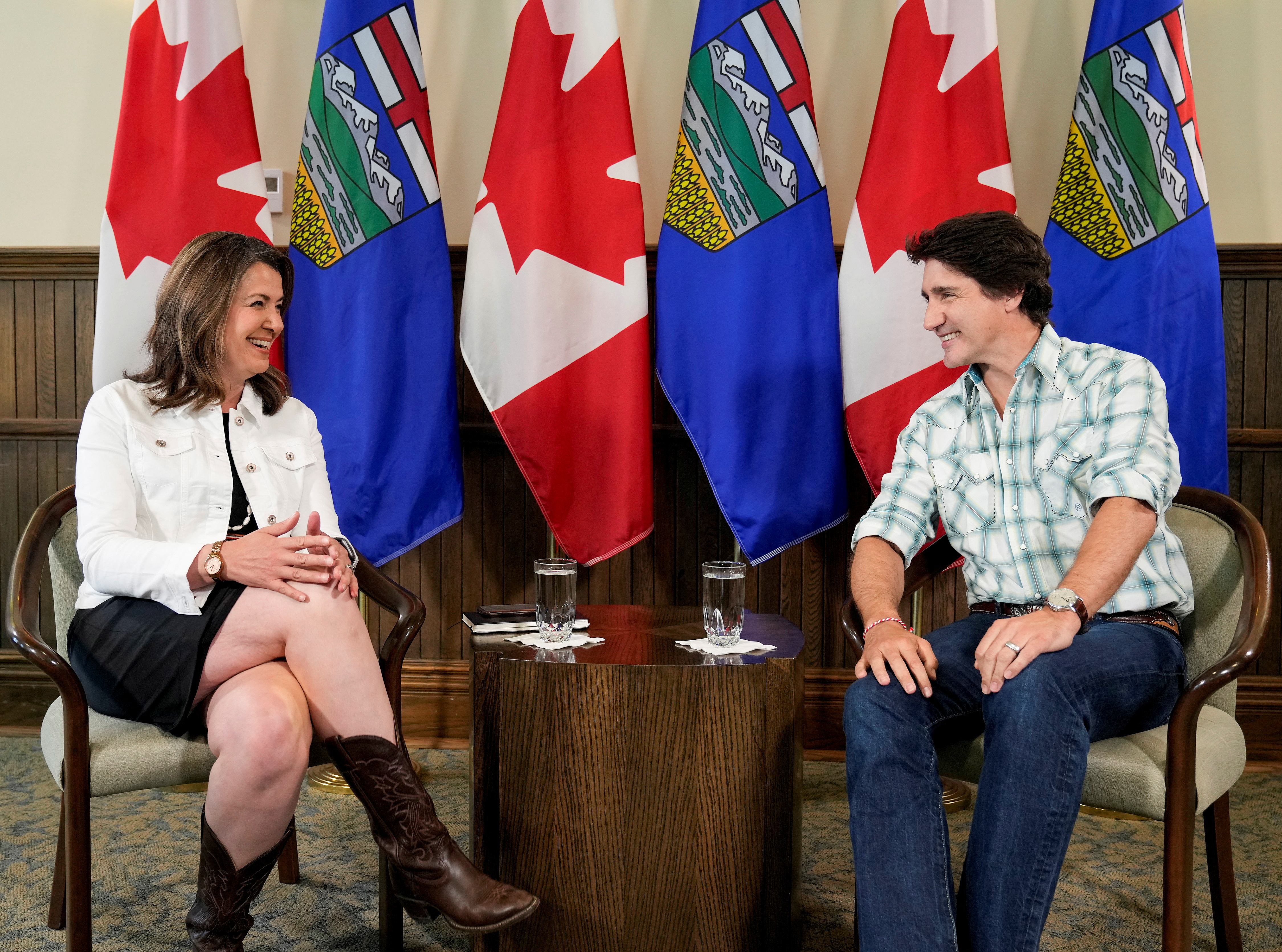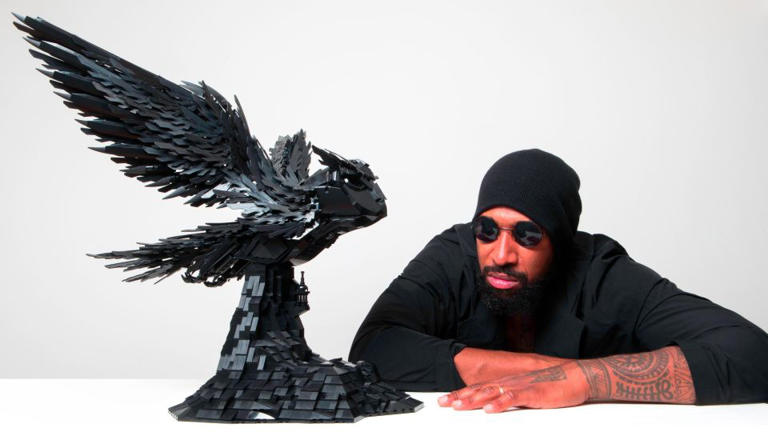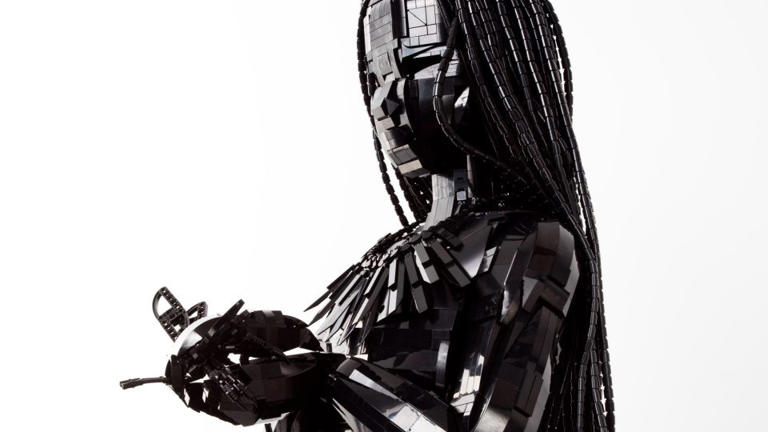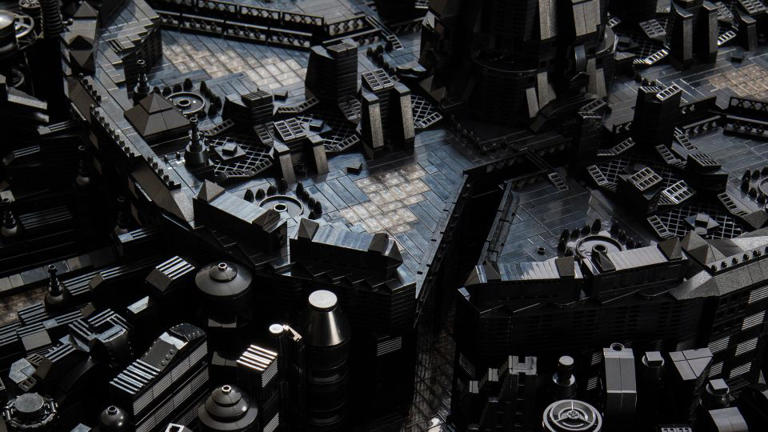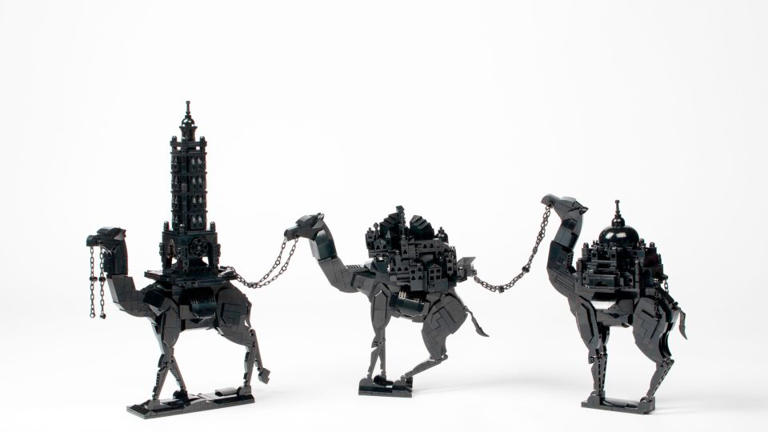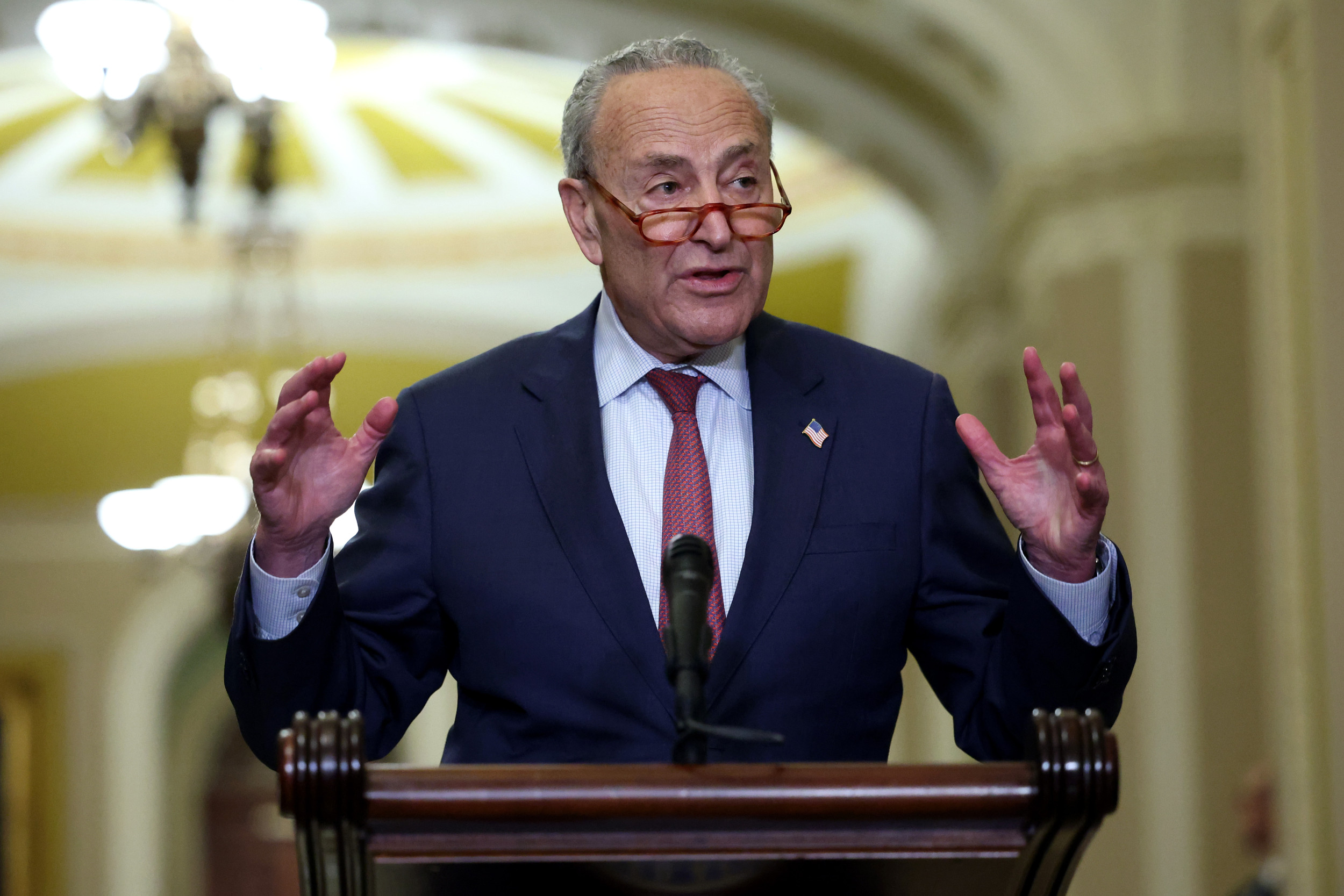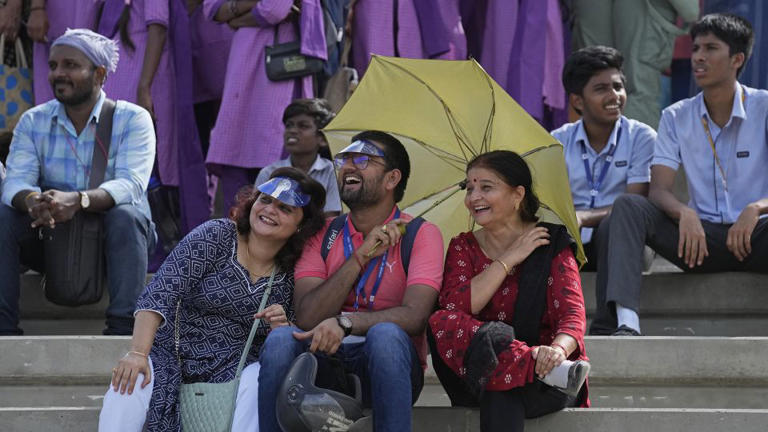For too long, the states of the postcolony have been neglected as objects of academic inquiry. As of late, however, the postcolonial state has received increased scholarly attention, which is not least the case since Western political and economic ideas and theorems “seem increasingly febrile and dangerously unsuitable in large parts of the world.”[1] Against this backdrop, it is crucial to understand better what has happened to the ambitious but ultimately corrupted Third World project and its protagonists, who aimed at a socioeconomic, political, and cultural transformation of the postcolony
This paper attempts to do just that by examining one of the Third World’s most scintillating figures, the postcolonial state he governed and one of his most fateful foreign policy decisions, thereby exploring a little-studied phenomenon of international politics. What is meant here is the Egyptian nation-state under President Gamal Abdel Nasser and its military intervention in Yemen starting in 1962, which fuelled the North Yemen Civil War (1962-1970) between insurgents of the deposed Mutawakkilite Kingdom and the newly installed Yemen Arab Republic (YAR). Egypt,[2] at that time, the “cultural, economic and political envy of the Arab world,”[3] not only brought soldiers to the southwest of the Arabian Peninsula but also administrators, doctors, technicians, and teachers as its military intervention was accompanied by an enormous state-building effort, reminiscent of later American and Soviet undertakings in Vietnam and Afghanistan. Egypt’s adventure in Yemen also resembles Vietnam and Afghanistan in the sense that the intervention force could not translate its superiority in equipment and technology into decisive victories as the Royalists successfully relied on guerrilla tactics. The deployment of up to 70,000 Egyptian soldiers quickly developed into a quagmire that swallowed up humans, material, and economic resources. It is not without reason that Nasser referred to the war as “my Vietnam.”[4] This involvement in Yemen is commonly held to have contributed significantly to Egypt’s devastating defeat at the hands of Israel in the 1967 Six-Day War.
Like the American or Soviet interventions in Vietnam, Afghanistan, or Iraq, the Egyptian intervention must be understood as imperial and was widely perceived as such in Yemen as the foreign troops came to be regarded as occupiers. Just as in comparable cases, civilians in Yemen suffered greatly. Aerial bombardments of the countryside inhabited by uncommitted or hostile tribes were a recurrent feature of Egyptian warfare.[5] In the process, the Egyptians did not shy away from using a variety of chemical weapons. The civil war between the Republicans trying to safeguard their newly founded republic, their Egyptian patrons and the tribal forces desiring to restore the kingdom ultimately is believed to have claimed more than 200,000 lives.[6]
Apart from the parallels to other conflicts, there are further reasons that make Egypt’s military intervention an intriguing case worthy of academic attention. In contrast to the wars in the Third World led by the Soviet Union (USSR) and the United States (US), the 1960s war in Yemen remains largely underexamined and overshadowed by the Arab-Israeli wars. Moreover, it is noteworthy that while his soldiers were waging a brutal imperial war, Nasser, from 1964 to 1970, held the presidency of the Non-Aligned Movement (NAM). He used this prominent platform to pledge for anti-imperialist struggle everywhere and self-determination, condemning “all attempts of old and new colonialism, all the plots of military or psychological terrorism, and all the crimes of attrition that are practiced against the daily struggle of peoples and against their wealth.”[7]
It is precisely this contradiction between anti-imperialism and progressive internationalism proclaimed by Nasser on the one hand and the ground reality of Egypt’s imperial expedition in Yemen on the other — in short, the difference between ideology and practice — that marks the starting point of this academic undertaking. It seeks to explain the Janus-facedness of Nasser’s intervention through postcolonial theory and examination of its public justifications. It endeavours to answer the question: how can we explain why Nasserist Egypt conducted a brutal and imperial intervention despite being painfully aware of its past as a subject to imperialism? An awareness due to which Cairo gravitated towards pan-Arabism, Third Worldism, and the NAM, displaying itself as anti-imperial. We will adopt the notion that, particularly in the postcolony, foreign policy is a process of nation-making and projecting its meaning into the global sphere.[8] We also stress the importance of political performativity and rhetoric as they narrate “our origin myths and desired futures.”[9]
To find an answer to this puzzle, we will draw on Nasser’s speeches from 1963, which constitute the primary source material for this study. These speeches from the first full year of the intervention — given to returning troops, Yemeni delegations, and the general Egyptian public — help us to approach the research question insofar as Nasser had to explain the intervention to a population that believed Yemen to be a distant land that held no value to Egypt. “In an age of uncertain legitimacy,” spirited and often excessive speeches to mass audiences were the “bread and butter of Arab political discourse.”[10] This was especially the case in a populist regime such as the one architected by Nasser on the banks of the Nile. The symbiosis between the state and its charismatic leader and their reciprocal identification, which made his sensitivities those of Egypt’s, allows us to focus on Nasser’s dialectic. Examining the Nasserist discourse and postcolonial Egypt’s self-fashioning regarding one of its most crucial foreign policy decisions is relevant because Nasserism’s ideological density is still disputed today.
READ ON Download PDF
